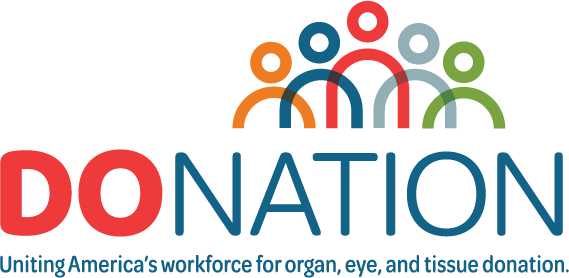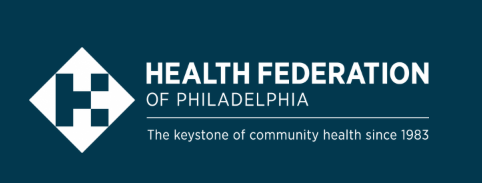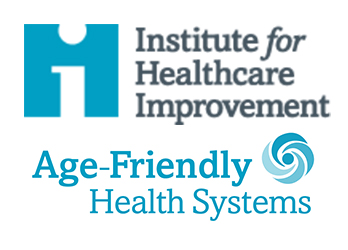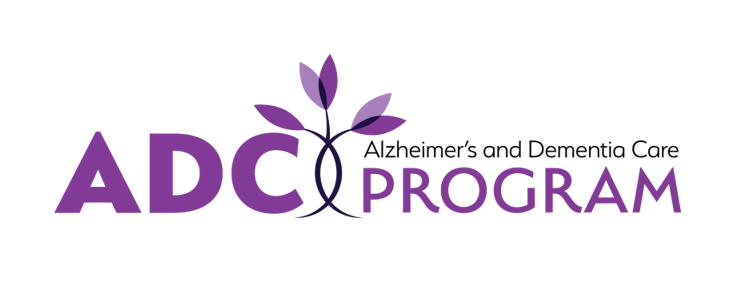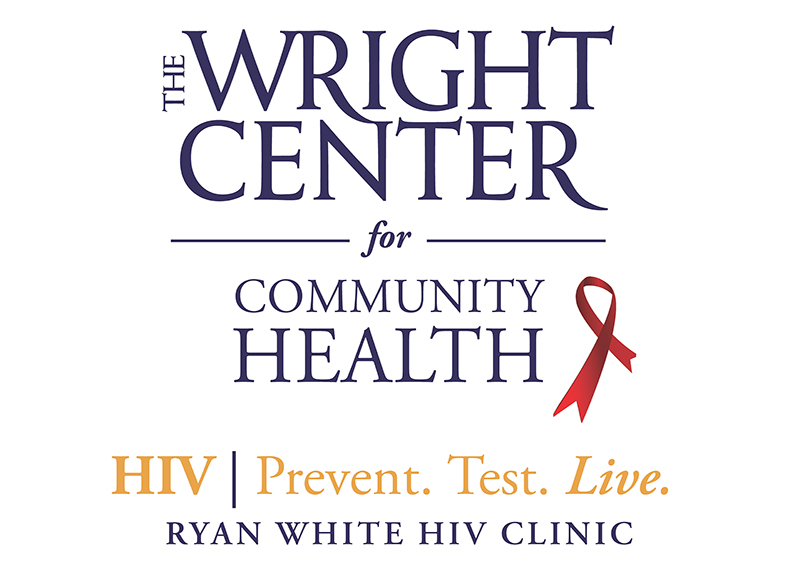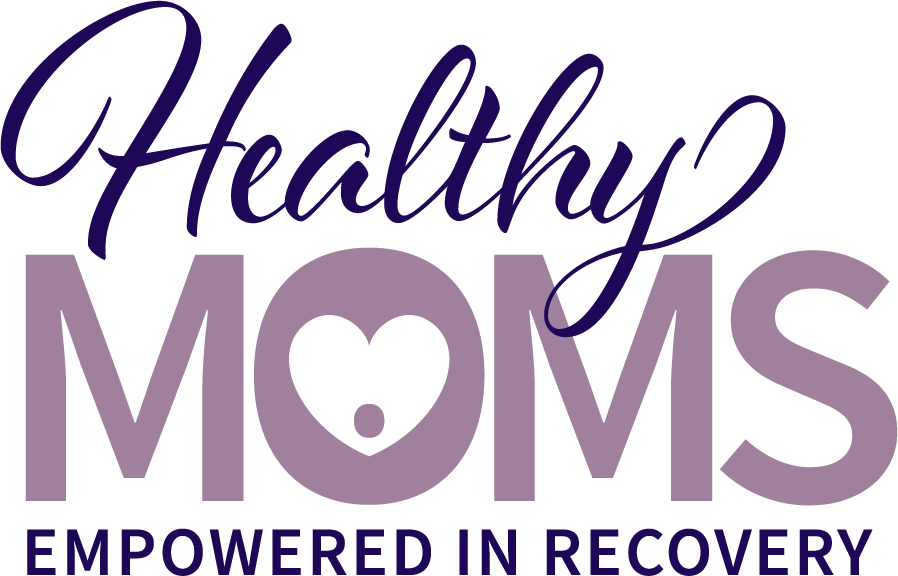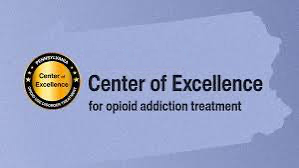Whole-person Wellness Blog: The importance of open communication

Communicating openly is a key to wellness at work
Aug. 7 marks the midpoint of astronomical summer. National Health Center Week takes place in August, alongside a host of harvest festivals, church bazaars, and county fairs. For those of us who live with students, or who are students or teachers ourselves, August also means it’s time to go back to school. August can bring excitement to one person while another might feel dread. When we’re feeling uncomfortable, it is important to engage in open communication with as much nonviolence and emotional intelligence as possible.
Open communication may seem simple, but it can be a surprisingly challenging activity. It is much easier to avoid some topics than to openly communicate about them, particularly when we might be feeling very uncomfortable or if we’re worried that the message might be poorly received – like back to school or the coming winter! Openly communicating about potentially distressing workplace topics such as new rules or performance issues can be awkward at best. This is why open communication is a commitment in Sanctuary, not just a practice.
Communication was cited in our recent employee experience surveys as a concern, and it is a common issue in many workplaces. Communication issues often arise from sheer busyness as well as from interpersonal static – misunderstandings or emotional triggers – which can occur anywhere within an organization. These emotional triggers often stem from the challenging decisions we face daily, like workflow hiccups or deciding whether to speak up about an issue. Avoiding such decisions might feel comfortable temporarily, but long-term dissatisfaction can create significant stress, often causing us to cast ourselves as victims in interpersonal conflicts.
Effective open communication is deeply tied to emotional intelligence – recognizing our triggers and emotions to engage professionally and thoughtfully. Knowing when we’re unable to participate constructively in a conversation is equally crucial. No one can entirely turn off their emotions; frustration and irritation happen naturally. But developing emotional intelligence enables us to recognize when these feelings steer us into unhealthy reactions or patterns.
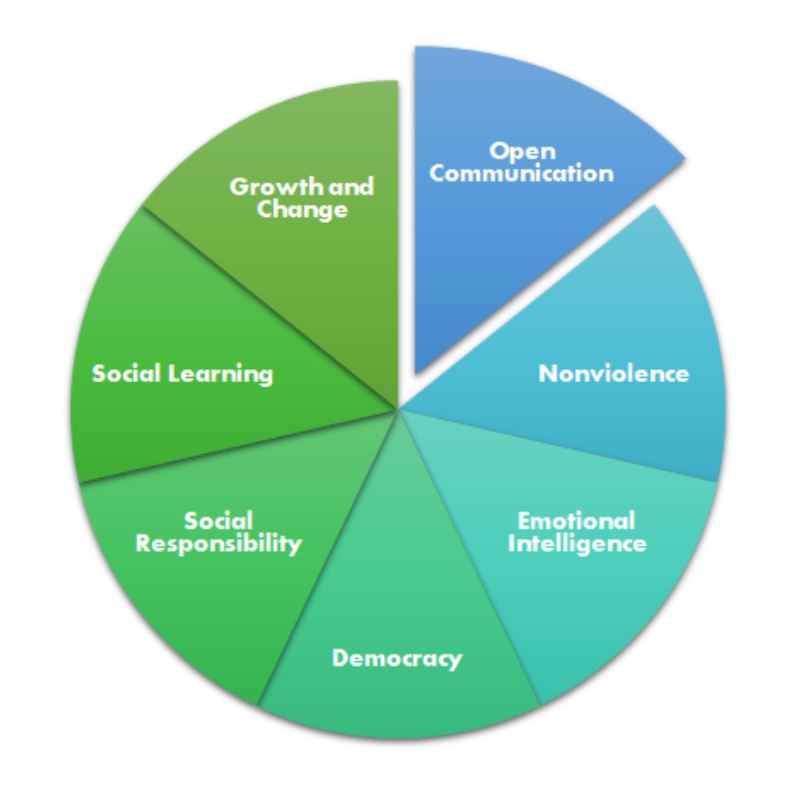
Necessary workplace conversations around accountability and improvement are rarely enjoyable, but are essential for growth. Negative feedback can trigger past emotional experiences, prompting us to adopt reactive roles such as victim, persecutor, or rescuer. Awareness and emotional intelligence help disrupt these automatic responses, enabling constructive dialogue.
Because everyone typically becomes very busy at work, and the work we do can be very intense, it is also easy to overlook an opportunity to communicate openly and effectively. Ideally, we would receive messages just as we need them, but that level of targeted outreach is nearly impossible. One thing we can do is commit to sending and receiving information as openly and frequently as possible.
As with discussing back to school with an anxious student or the approaching end of summer with someone who dislikes cold weather, the context of the information may be unwelcome, but the communication itself does not need to be.
To learn more about the seven commitments and the Sanctuary model, click here or email the wellness team at [email protected]. If you are a supervisor or just curious, check out some resources for you here.
Thank you from the Whole-Person Wellness Team!
Meaghan Ruddy, Ph.D., Senior Vice President of Enterprise Wellness and Resiliency, Assessment and Advancement, and Chief Strategic Research and Development Officer
Shannon Osborne, Project Manager
Allison LaRussa, Associate Vice President of Health and Wellness
The Wright Centers for Community Health and Graduate Medical Education


